Transform your look with the old money dressing style, focusing on quality fabrics, tailored fits, and a refined appearance.
This is the second part of our Old Money series. If you haven’t read the first episode, a quick glance will provide context on our current stage. If you have, your continued interest is appreciated. In the previous blog, we explored the complete background of Old Money styling. This included its social impact, how it became common, its historical presence on red carpets, and cinematic depictions of the old money dressing style. This provided a detailed overview of the style statement. For a full look at this style and where it comes from, read All About Old Money Style: A Guide to Understated Elegance.
This blog explains Old Money styling tips: what to follow, what to avoid, common prints, and the basic colors of old money fashion style. These insights into old money dressing style will be very useful for your next client meeting. For a detailed guide on wearing this style, explore Old Money Aesthetic: How To Wear It.
Old Money Style: Core Colors
The old money style favors a classic, simple look. It actively avoids anything too dressy or flashy. This reflects what many call ‘quiet luxury’ – a fashion rule people with Old Money Swear By. Consequently, key shades are essential to this style. That’s the main old money outfit meaning. For a deeper look at what defines this style and how to get it, watch this video on What is OLD MONEY STYLE? How to create QUIET LUXURY in your outfits and look expensive on any budget.
Imagine preparing for ten days of office work or many client meetings. Choosing the right colors for your daily wardrobe is vital. The old money dressing style offers a clear color range. Common base colors include ivory or cream, beige and camel, navy blue, different shades of gray (from light to charcoal), and crisp white.
These colors form the base of your outfit, appearing in key items like trousers, blazers, skirts, shirts, and sweaters. Opt for high-quality fabrics such as cotton, wool, linen, and cashmere. While these are more expensive, investing in fewer, better pieces ensures a classy old money fashion style that lasts.
For example, a navy blazer offers great flexibility. You can easily restyle it with different shirts and trousers; this shows the true old money outfit meaning. Similarly, beige or cream sweaters layer well with darker bottoms, creating a polished, classic look. Base colors adapt well, building a strong foundation for mixing and matching. They are, therefore, perfect for layering and keeping that effortless old money style. To further master this look, consult a guide to Old Money Aesthetic: A Guide to Classic, Timeless Style.

Old Money Outfits Winter: Secondary Colors
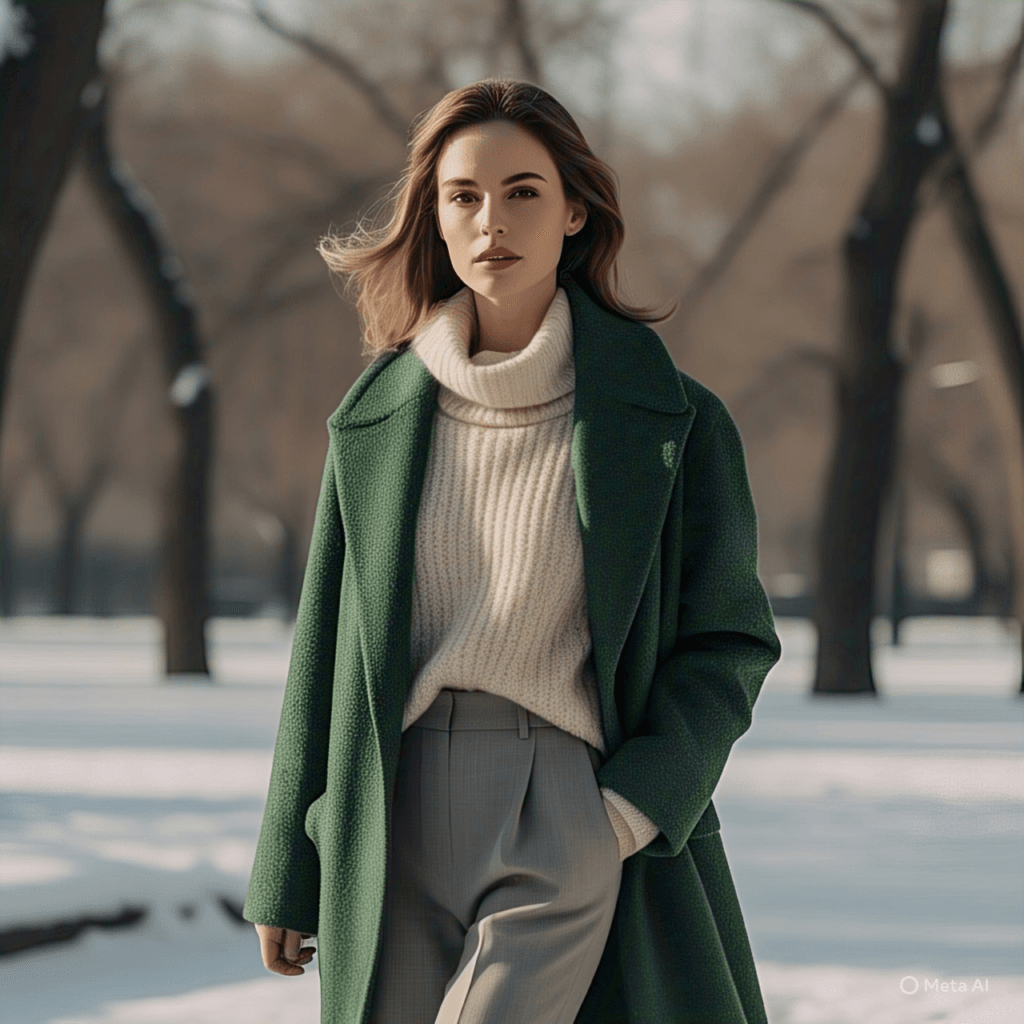
Secondary colors appear less often than base colors. However, they greatly improve old money outfits in winter. Their warm, deep tones suit autumn and winter collections perfectly.
Common secondary colors include forest green, olive, sage, burgundy, oxblood, rust, terracotta, chocolate brown, and black. These warm, earthy tones look naturally rich, particularly complementing tanned brown and dark skin tones.
Pair these shades with gold matte-finish jewelry for a charming and classy look. Pro tip: Use black sparingly. It can appear too stark or formal for daily wear, so save it for special days.
You often see these shades in heavier items like wool coats, leather boots, scarves, gloves, and tailored trousers. For instance, a forest green wool coat over a soft cream sweater and gray pants creates a calm, grounded, and natural look. This fits the old money dressing style perfectly. Secondary colors easily complement base neutrals; they add warmth and depth without making the outfit too strong. This is a key part of old money fashion style. Another pro tip: Wrapping a scarf in any of these secondary colors elevates your look, showcasing the real old money outfit meaning.

Old Money Dressing Style: Accent Colors
Accent colors are rare and the least used in old money fashion style, yet they greatly improve a look. You mainly use them in spring and summer, but they also work as subtle accessories all year. These lighter, brighter, or unique shades never dominate. Instead, they gently reflect the mood of warmer seasons. Some accent colors that capture the pleasant, airy feel of spring and summer include muted rose, dusty pink, soft lavender, pale yellow, sky blue, powder blue, sage green, mint green, ivory, soft gold, antique pearl, and light camel.
You often find these colors in breathable fabrics like linen, cotton, or silk, ideal for warmer months. They appear in elegant summer shirts, soft scarves, light cardigans, or delicate silk blouses and dresses, offering both comfort and style.
For instance, a powder blue linen shirt layered under a beige blazer adds a fresh yet refined touch to an old money men’s summer wardrobe. In women’s styling, a light pink scarf with neutral tones brings a soft pop of color, brightening the outfit while keeping its classic, simple charm. This approach is key to old money style.
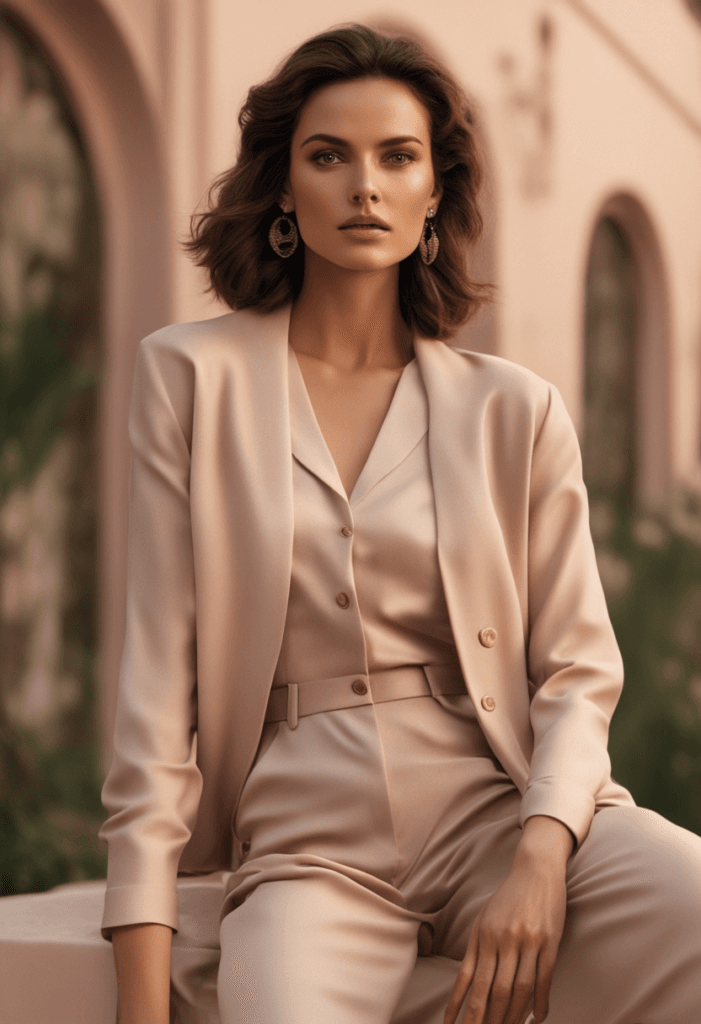
Ultimately, accent colors bring subtle interest and year-round flexibility, allowing the wardrobe to shift beautifully with the seasons. This is central to the old money dressing style.
Old Money Fashion Style: Prints
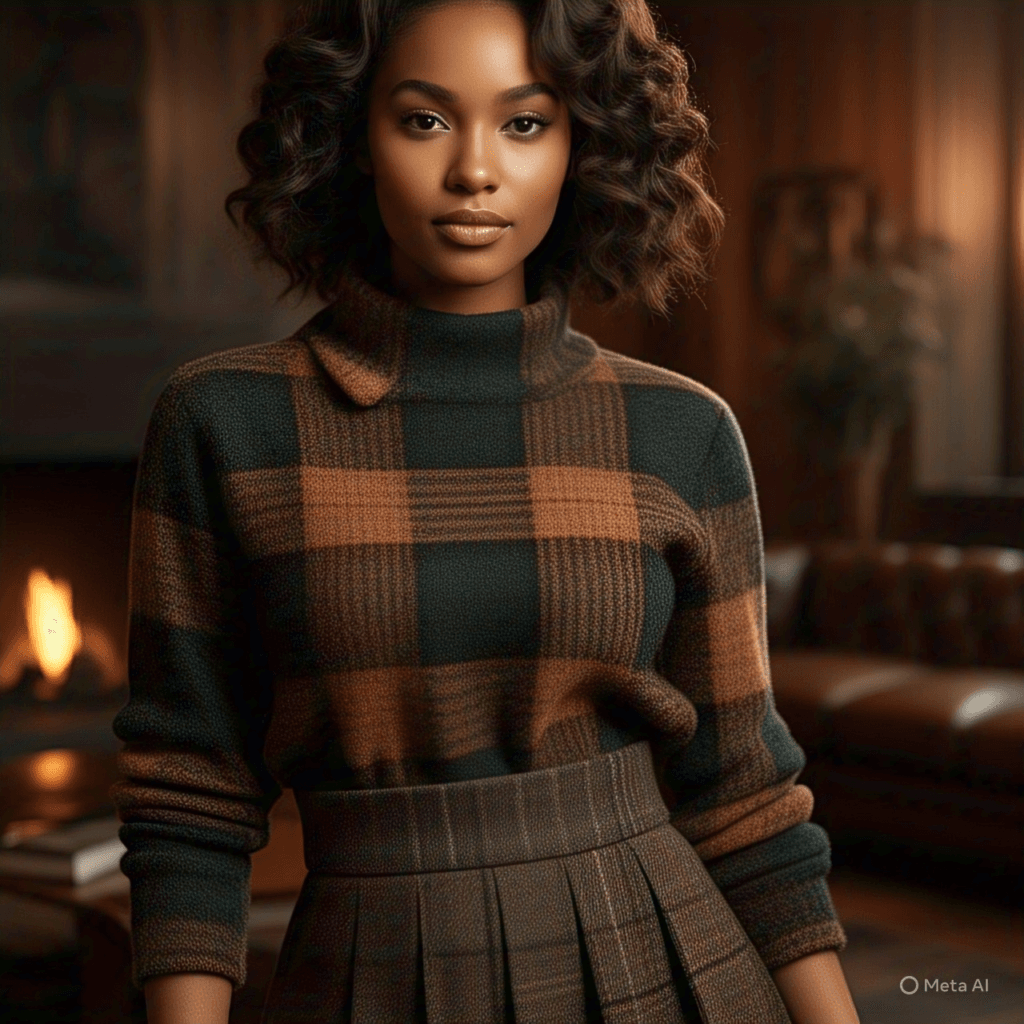
Old money fashion style is known for neatness and polish. It avoids flashy colors and too many prints. This careful attention also applies to prints and embellishments. Instead of bold, flashy patterns, the style prefers calm, simple, and clever details. You balance prints subtly through styling. For example, pair a printed base with a solid blazer, a printed blazer with a solid base, or a printed scarf with a solid single-color look. This approach helps plan a perfect old money outfit.
Stripes
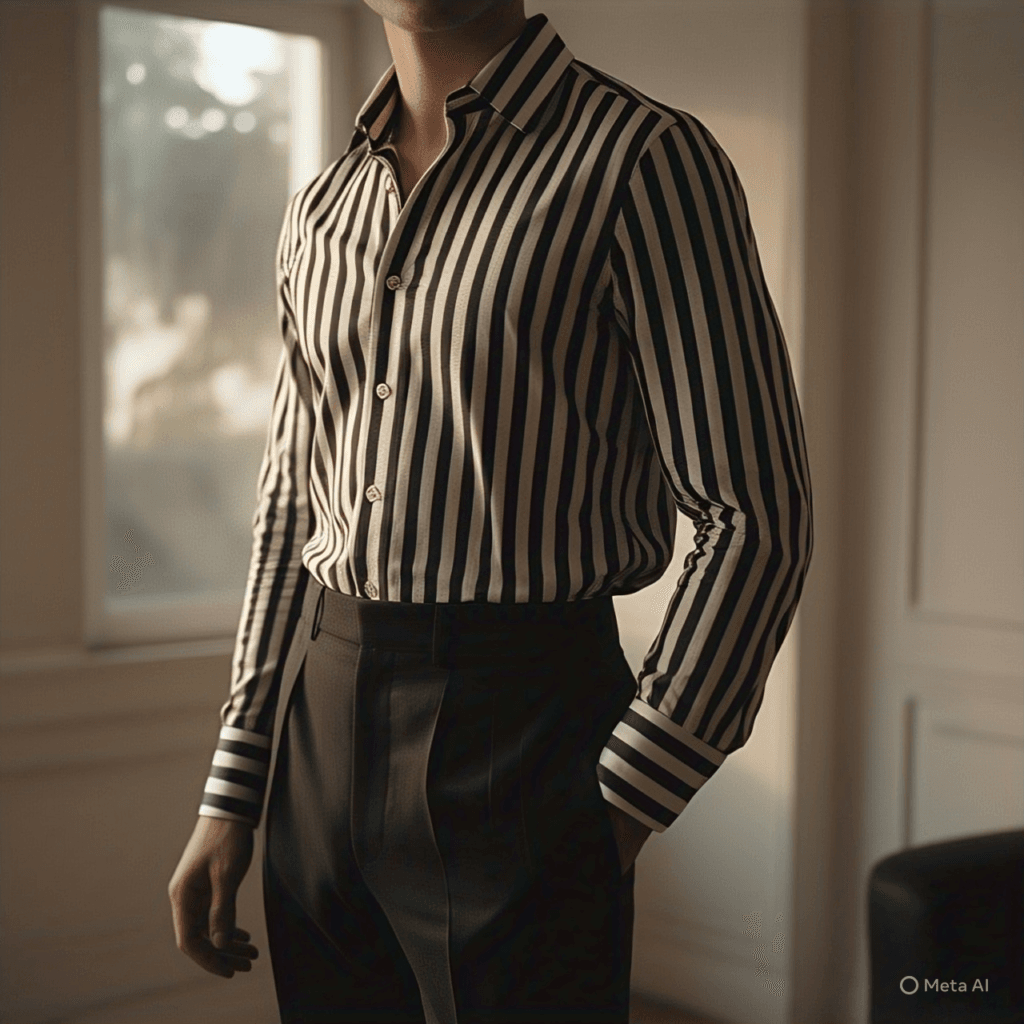
The look of stripe prints defines old money style. They are never too thick or bright, merely creating a clean, polished fashion statement. Striped shirts, often cotton or Oxford cloth, work well for casual or semi-formal wear. They add neatness without busyness, suiting old money men and women alike. Consider a black-and-white striped button-down shirt to pair with your black tailored pants and deep grey loafers.

Checks and Plaids
You see these prints more often in fall and winter. They appear on wool skirts, tailored pants, or blazers. The colors are deep and earthy browns, dark greens, and grays, adding structure and a sense of tradition. These often connect to British or Ivy League styles that define old money outfits meaning.

Houndstooth Pattern

Houndstooth is a tiny black-and-white pattern that looks like small zigzags. You mostly see it in coats or jackets. It is traditional and links to European high-status fashion. While more eye-catching than other prints, it keeps the quiet elegance typical of old money fashion style.

Soft Florals
Floral prints here are delicate and small. They feature tiny flowers in muted shades like blush, baby blue, or soft green. These prints appear mostly on light cotton blouses or summer dresses. They never feel tropical or too modern. Rather, they add just a hint of grace to old money men’s spring and summer outfits.
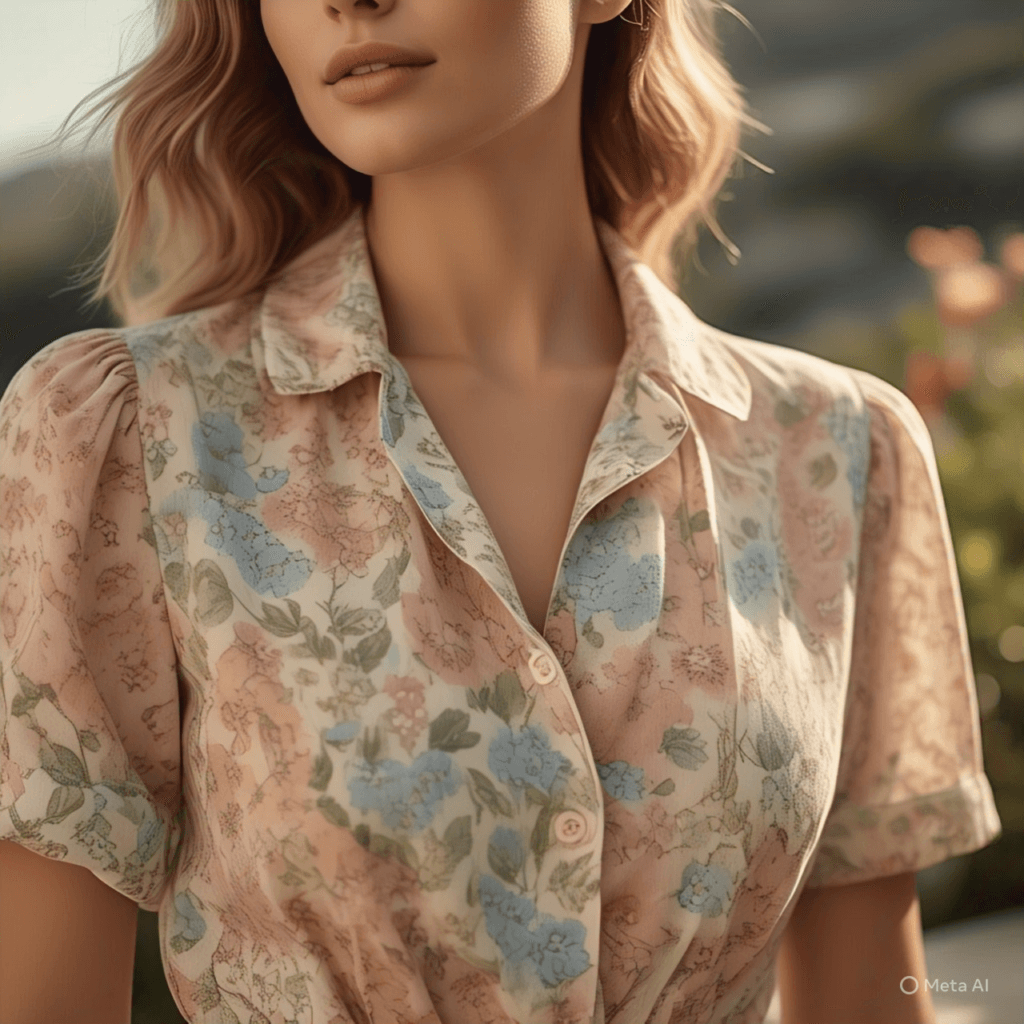
Polka Dots
Polka dots are rare but you find them in subtle forms. Small white or navy polka dots might appear on silk scarves, ties, or shirts. These dots are tiny and understated, offering a touch of visual interest without overpowering the overall calm look of old money style.
Old Money Dressing Style: Embellishments
Pearl-style buttons are common. These are not real pearls, but buttons with a soft shine and smooth finish, often in white, cream, or beige. They add simple elegance to cardigans, blouses, and sweaters key items in old money dressing style.
Brushed metal hardware on belts, shoes, and bags is usually gold or brass. It is brushed or matte, avoiding any flashy sparkle. This demonstrates good quality work and also blends easily with the neutral colors typical of old money fashion style.
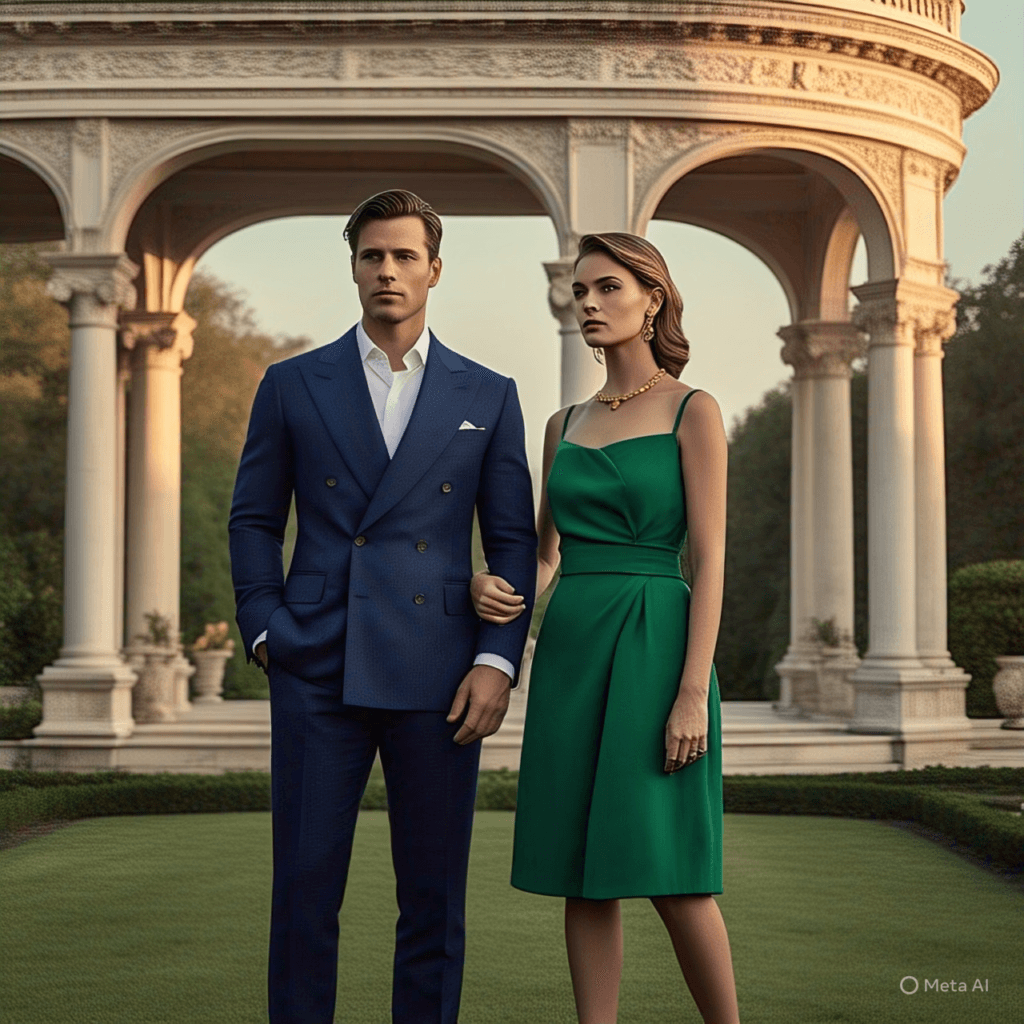
Tone-on-tone embroidery uses small stitched details in the same color as the fabric. This adds texture and subtle refinement; for instance, white thread embroidery on a white blouse is a sign of old money outfit meaning.
Lace trims or eyelet fabrics with tiny patterned holes appear sparingly on dresses or tops, especially for summer wear. These delicate details provide a handcrafted feel without making the outfit too fancy.
Tailoring details pleats, darts, and seams are not just for building the garment; they are part of the embellishment. A perfect fit and clean lines are essential for the polished look that old money dressing style demands.
Old Money Style: Shapes and Fits
Your oversized and baggy shirts, tees, and pants belong in a different section. The old money dressing style never features oversized or baggy outfits. Instead, this fashion statement always relies on a well-fitted and structured style. Let’s detail the perfect shapes and fits that suit old money fashion style. If you’re ready to start curating your own collection, this video provides a complete guide on How to Build An Old Money Aesthetic Wardrobe (Properly).
Tailored and Structured Silhouettes
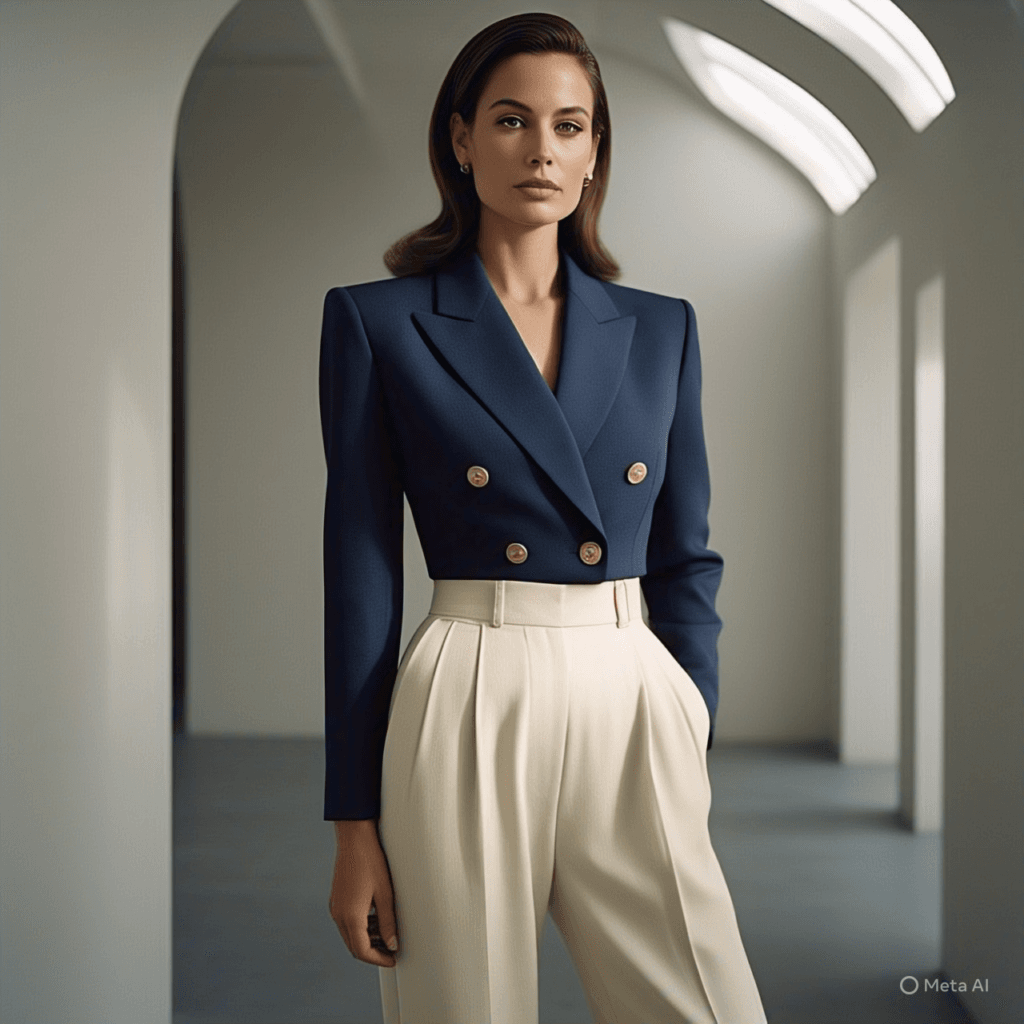
Well-structured and precisely tailored pieces are the foundation of this style. Old money style does not use shapeless comfort wear or very tight clothes.
Blazers and Jackets: These always fit well at the shoulders. They feature clean lines and a clear waist. Whether single-breasted or double-breasted, they improve the natural body shape. For women, blazers might have a subtly cinched waist, while for old money men, a classic suit jacket will have a tailored cut that hangs smoothly.
Coats and Outerwear: Trench coats, wool overcoats, and other outerwear should also fit well. They must allow for comfortable layering without looking bulky. They often have classic, straight, or slightly A-line cuts.
Clean Lines and Understated Forms
Avoid overly trendy or exaggerated shapes. You won’t see dramatic ruffles, very large sleeves, or deconstructed designs. The focus is on timeless forms that have lasted. This approach defines old money style.
Shirts and Blouses: Crisp button-down shirts, for both men and women, should fit neatly not too tight, not too baggy. Silk blouses for women might drape softly but keep a classic, simple shape.
Sweaters and Knitwear: Cashmere and wool sweaters are key. They generally fit well rather than being oversized or slouchy. Cable-knit sweaters might offer some texture but still follow a refined shape. Furthermore, turtlenecks should fit snugly and shape the body for a polished look.
Comfortable, Yet Polished Fit

The focus is on fit, not tightness. “Well-fitted” does not mean “skin-tight.” Clothes should sit comfortably on the body. They should allow easy movement without sagging, pulling, or bunching. This is key to old money dressing style.
Trousers and Pants: For men, classic cuts like straight-leg, tailored slim-fit, or a subtle bootcut are best. Pleated trousers can also appear, offering a more traditional and comfortable fit. The length should be exact, with a slight break over the shoe or no break for a very clean look. For women, tailored trousers, often in straight-leg, wide-leg, or subtly tapered styles, are vital. A-line skirts and pencil skirts are also common; they always ensure a modest length (knee-length or midi).
Denim: Dark-wash, un-distressed jeans with a classic straight or bootcut fit can be used for a more casual yet polished look. Denim is less common than tailored trousers. The fit must always be perfect within an old money style.
Flattering Proportions
The old money style often uses balanced proportions. This ensures no single element is too strong. For example, a tailored blazer with a classic A-line skirt creates a balanced and flattering look.
Layering: Layering is a common technique, always executed with deliberate polish. A well-fitted sweater under a tailored blazer, or a scarf draped just right, helps the overall refined look without adding bulk. This, therefore, improves the overall old money fashion style.
Custom-Made and Bespoke
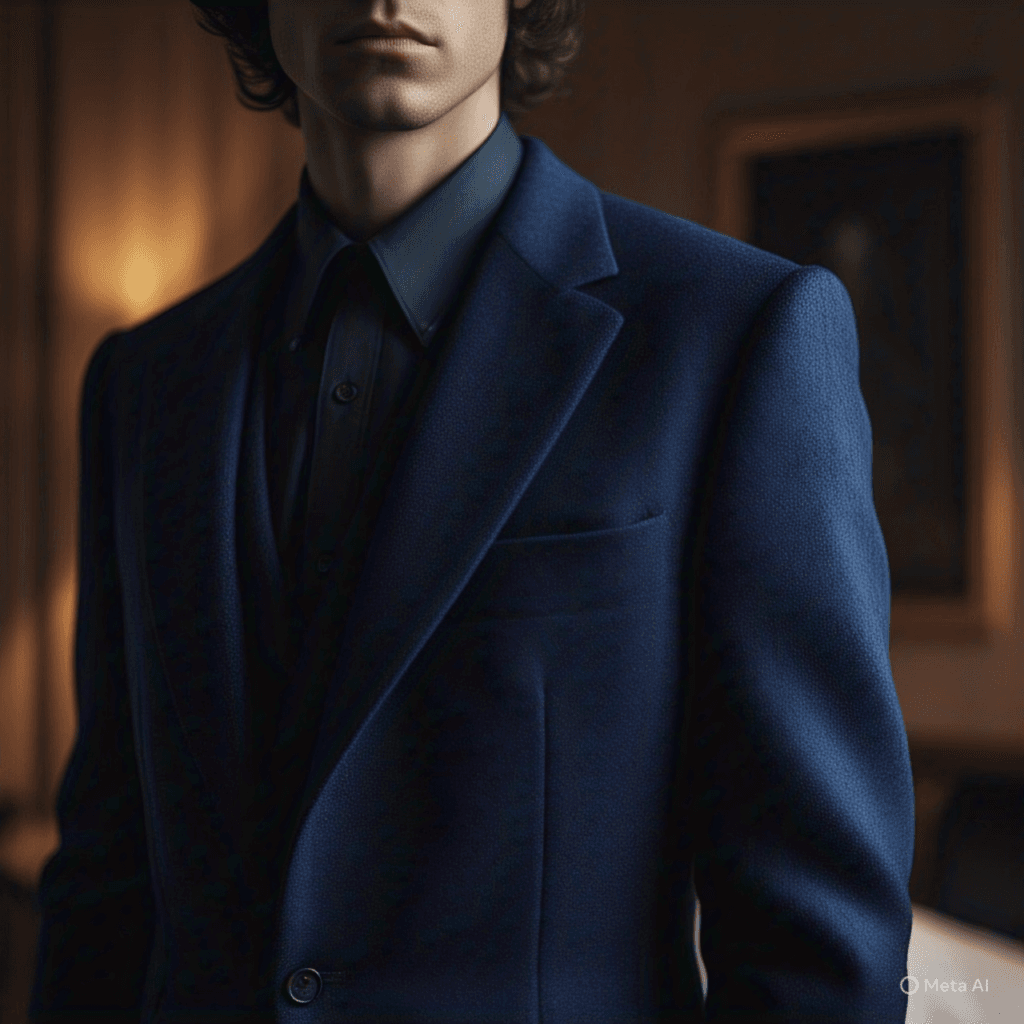
For true old money style, custom-made or bespoke garments are the top standard. This ensures a perfect fit tailored to the person’s unique body shape. It shows true luxury. Even if not bespoke, clothes are often altered to achieve this ideal fit.
In essence, the shapes and fits in old money fashion style show effortless elegance. This comes from careful attention to detail. They express a sense of timelessness, comfort, and quiet confidence. They do not chase quick trends or make obvious statements. Ultimately, the clothes look made for the wearer. They improve their natural grace, showing the true old money outfit meaning.
The old money dressing style isn’t about expensive clothes; it’s about looking effortlessly classy and refined by choosing quality fabrics and tailored fits. We’ve shown how simple colors, smart prints, and subtle details can build a wardrobe that feels calm and confident, truly capturing the old money outfit meaning. This timeless approach means investing in versatile pieces that last, allowing your natural grace to shine. We hope this guide inspires you to improve your style with purpose. To keep exploring fashion tips and to support our content, check out our other blogs. Thank you for your interest as we help you transform your look, one elegant step at a time!
Pingback: arabic bridal gown Styled the Indian Way